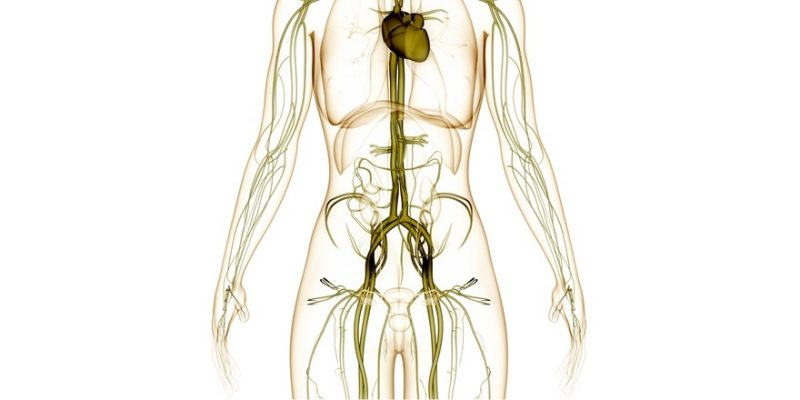
The terms “treatment” and “therapy” in the context of massage, bodywork, and somatic practices are often used synonymously because there are obvious similarities between the two, but nonetheless there are some subtle and sometimes also important differences.

Perhaps the most obvious similarity is that — whether treatment or therapy — a person (the receiver) undergoes an action or service provided by a professional practitioner or therapist. That is, there’s a receiver and a giver.
Now, giving a massage, bodywork, or somatic treatment can have many different goals, such as relaxation, entertainment, sensual or sexual pleasure, or alleviation and healing of an affliction or discomfort. However, therapy is usually solely aimed at alleviating or healing (curing) some physical or emotional/mental issue the receiver struggles with. Thus, therapy consists of a treatment (or several treatment sessions), but not all treatments are therapeutic work.
Another difference is the idea of a treatment as having a more passive aspect, while therapeutic interventions often also involve an active role from the client/patient. That is, in addition to only undergoing a set of actions or services that alleviate or heal their complaints, therapy usually also aims at supporting, coaching, counseling, teaching, and/or empowering people to rehabilitate or heal. In practice the latter means that clients are encouraged to learn more about themselves and/or are supplied with the tools and techniques to independently improve their health condition.

One could also say that the classic idea of treatments is that they rather deal with temporarily alleviating symptoms (for instance, tiredness, muscle pains, or stress) and predominantly aim at promoting relaxation and general wellbeing. By contrast, therapy is thought to be more focused on taking away the root cause(s) of symptoms with a goal of structurally healing the client/patient from specific chronic health conditions.
An example: one could have a Thai Massage simply for general relaxation purposes, but one could also have a Thai Massage to get rid of chronic knee pains or shoulder pains, and so on. The first session type would typically qualify as a treatment, while the second one would rather qualify as therapy.
Although the above is a common way of making a distinction between treatment and therapy in massage, bodywork, and somatic practices, both terms are very often used interchangeably. Moreover, the designations practitioner or therapist may refer to a professional who either offers relaxation or — by contrast — curative practices, or both.
In the end, it’s up to individual professionals to make clear to clients what types of services they can or intend to offer and in what cases, as it is likewise up to the client to communicate to them what type of service they expect.

















